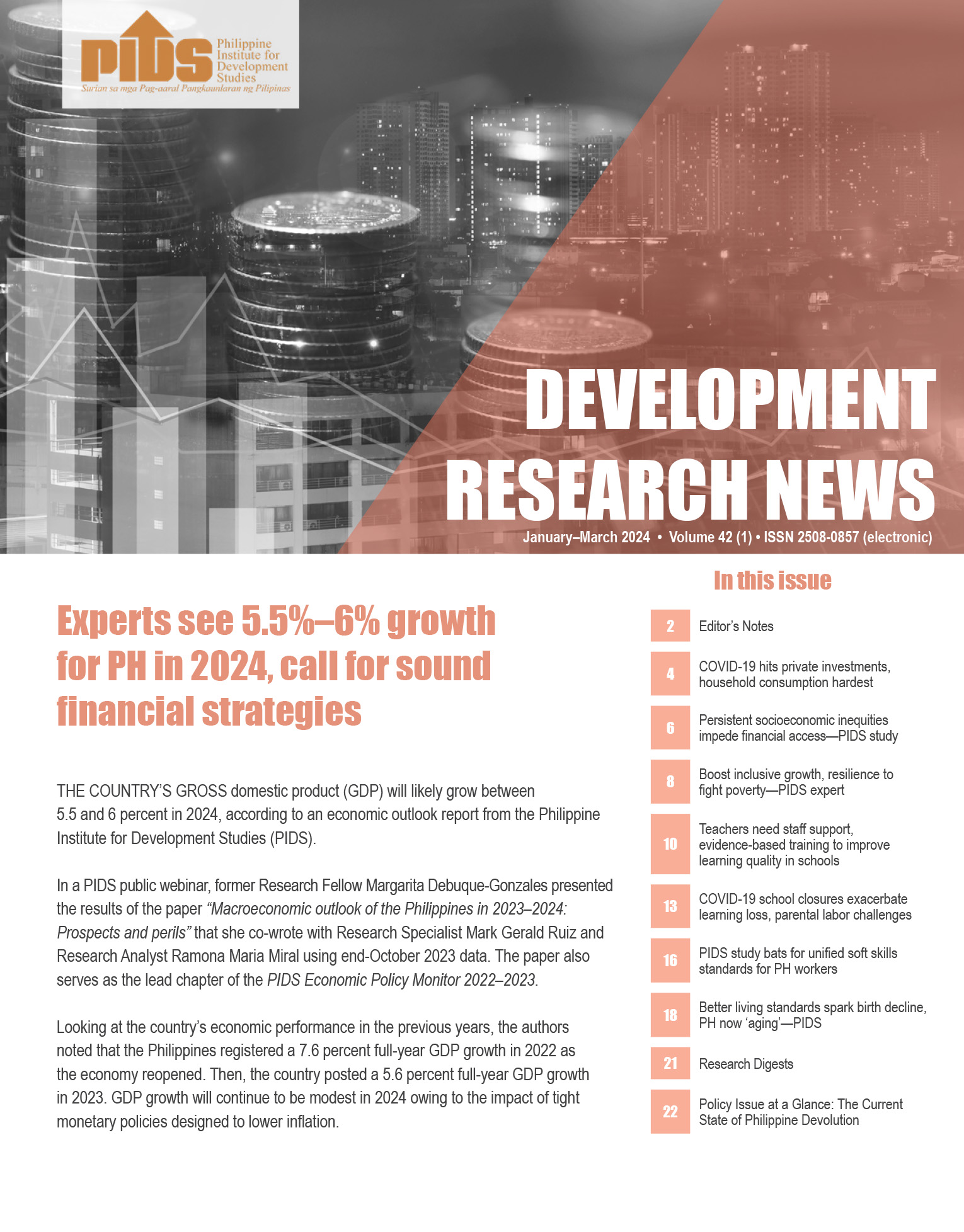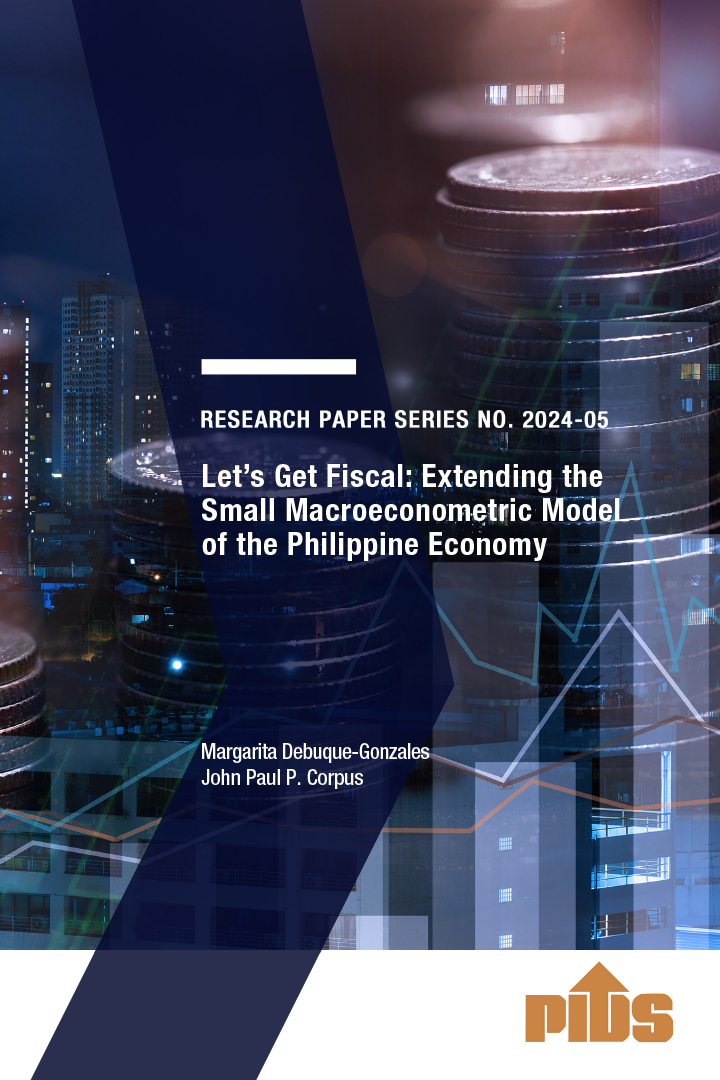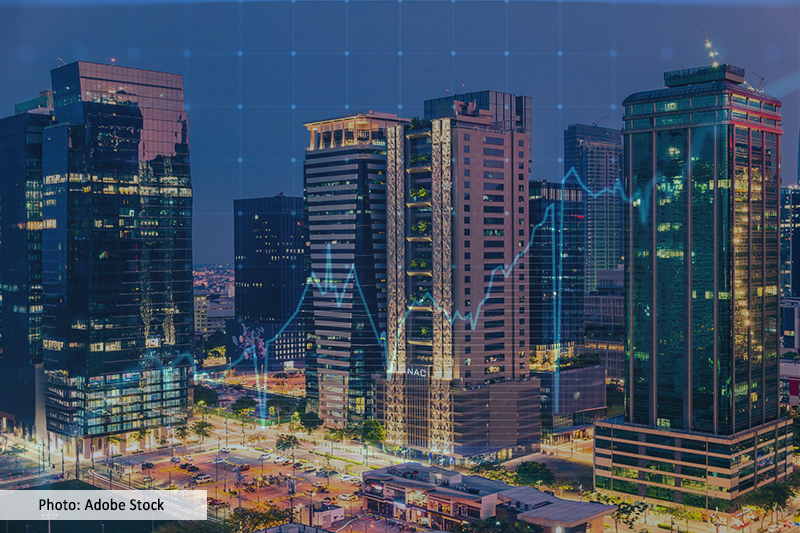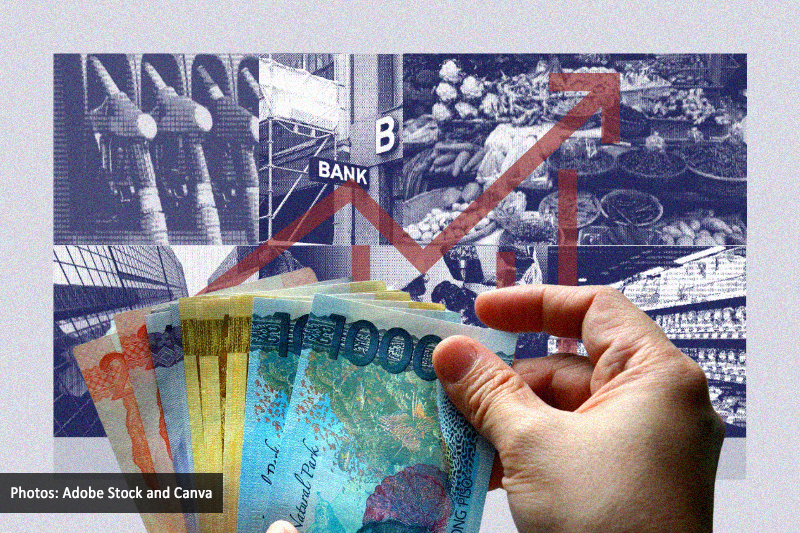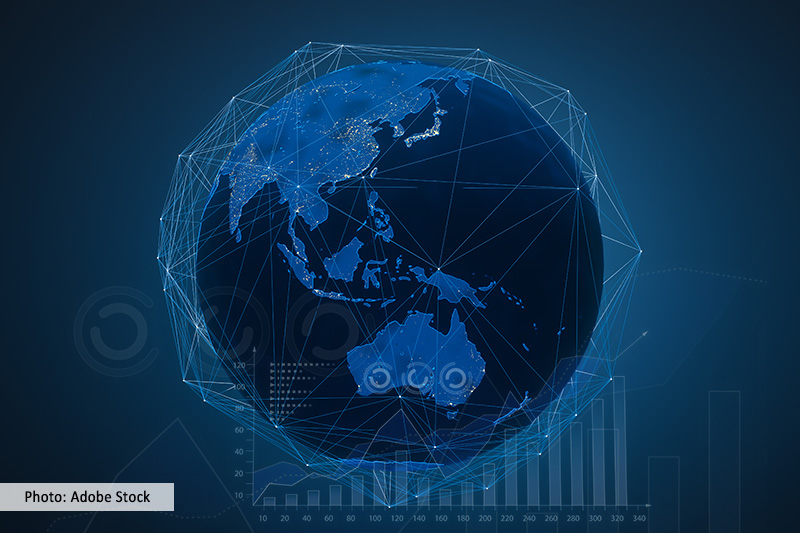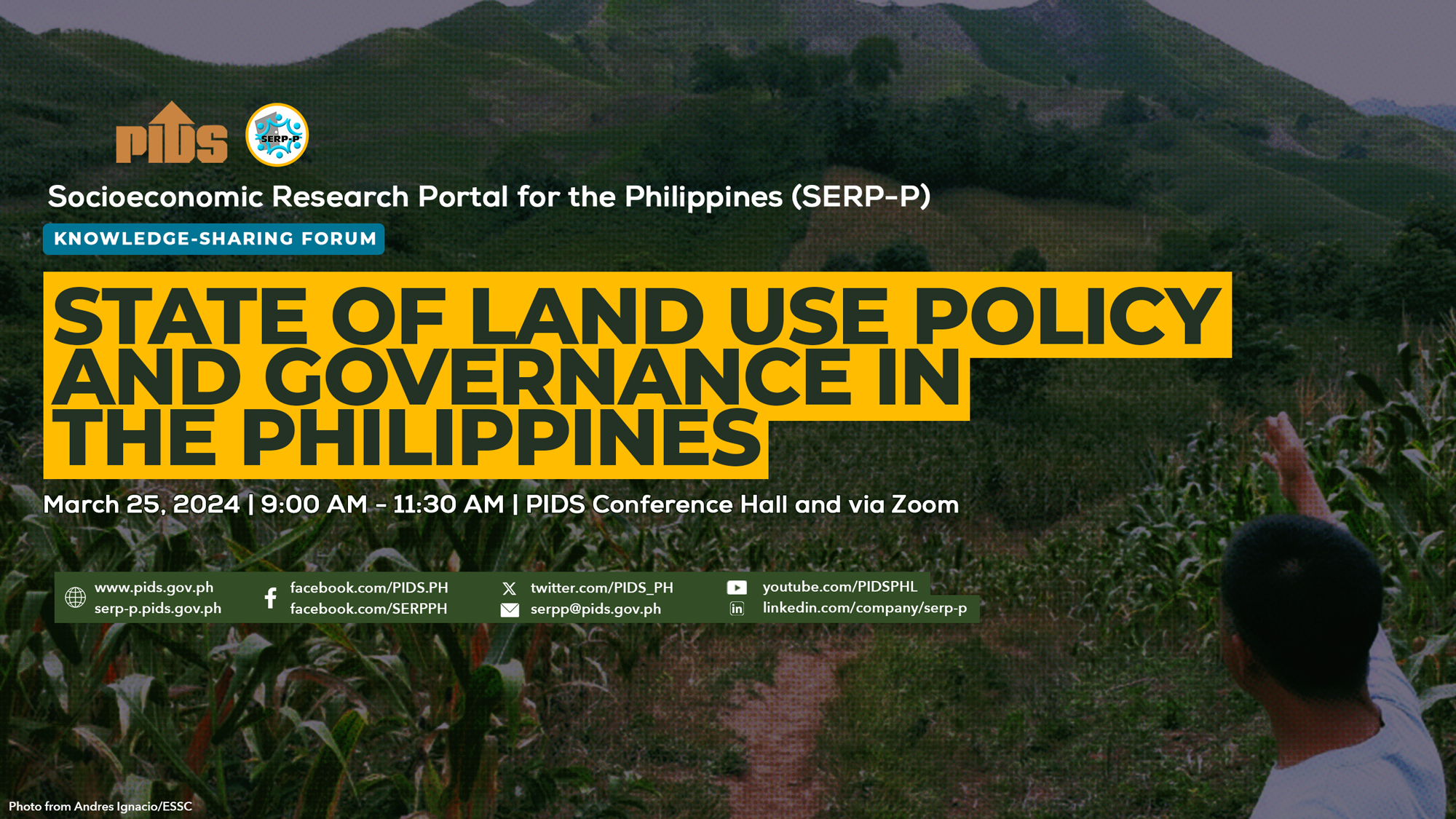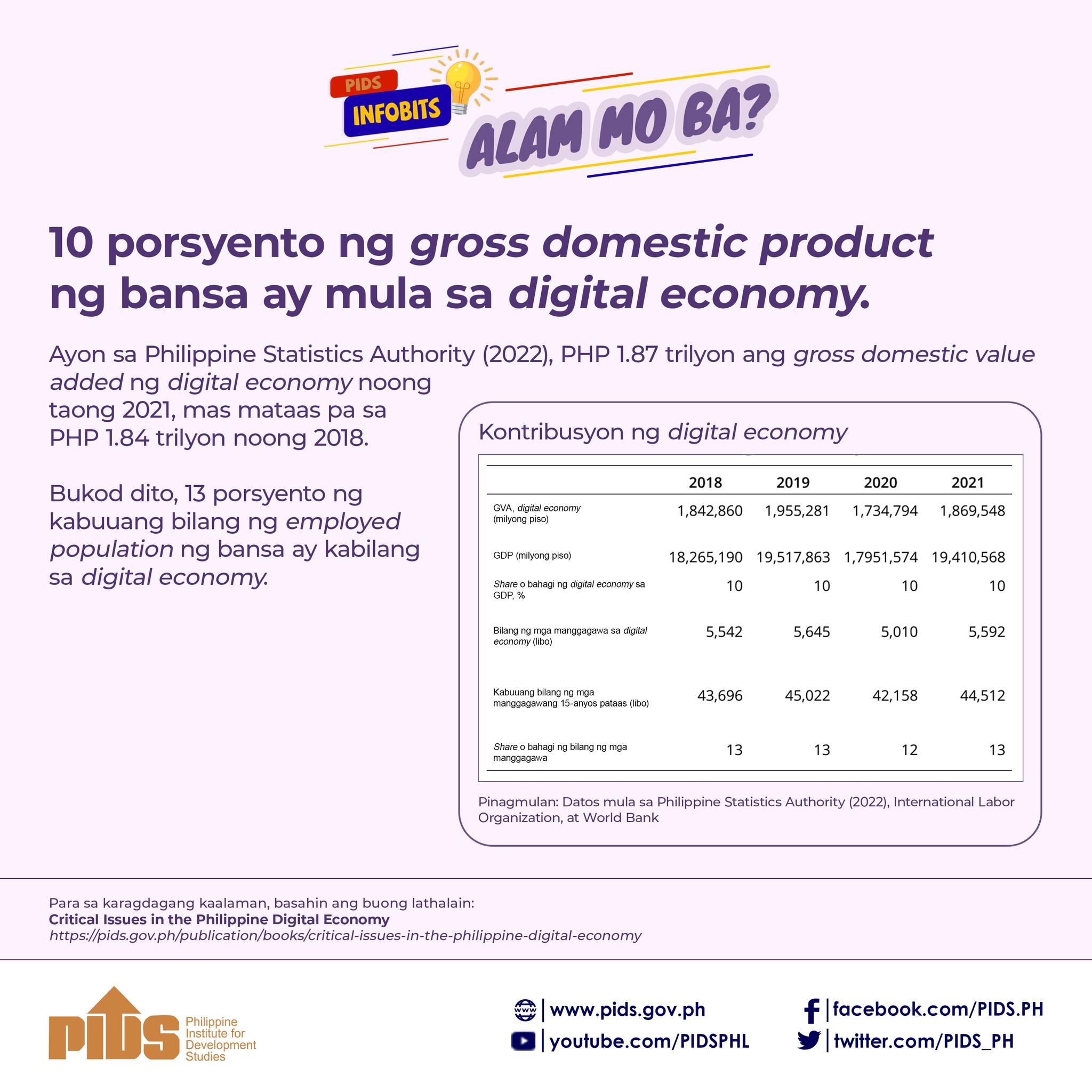MANILA, Philippines—A combination of expensive consumer goods and slow mass vaccination during a COVID-19 surge prompted the World Bank to temper its recovery forecast for the Philippines while an economic research firm said the country’s economy was in a “worrisome state.”
“Elevated inflation, a large output gap, a recent resurgence of COVID-19 infections, and limited vaccine availability are all reasons for concern,” said Katrina Ell, Moddy’s Analytics economist, in a March 25 report titled “The Philippines is a worry.”
The rate of increase in prices of basic commodities rose by an average of 4.5 percent during the first two months of 2021, above the Bangko Sentral ng Pilipinas’ (BSP) target range of 2-4 percent manageable headline inflation, mainly as food prices, especially of pork products, climbed while global oil prices returned to normal.
“Demand-pull inflation is weak and will remain that way into the June quarter” amid tighter yet localized quarantine restrictions reimposed in areas with high cases within Metro Manila and four neighboring provinces which account for half of the economy, Moody’s Analytics said.
“In addition, vaccine availability has been limited, putting the Philippines at continued risk of further outbreaks in the near term,” the research firm said.
“Recent reports indicate that the archipelago has so far only received enough vaccines for 1 percent of the population, with current estimates indicating that the population won’t be fully vaccinated until 2023,” it said.
“The government is opposed to national lockdowns, but the recent spike in local infections means that the economic recovery could easily be further stalled at least through the first half of 2021,” Moody’s Analytics added.
Moody’s Analytics projected the Philippines’ gross domestic product (GDP) to grow by 6.3 percent in 2021, below the government’s conservative 6.5-7.5 percent goal. GDP fell by a record 9.5 percent in 2020—the worst post-war outturn—due to the longest and most stringent COVID-19 lockdown in the region which shed millions of jobs and shut down thousands of businesses.
Lower WB forecast
In its East Asia and Pacific Economic Update report for April 2021 titled “Uneven Recovery” released on Friday (March 26), the Washington-based World Bank also slashed its 2021 growth forecast for the Philippines to 5.5 percent from 5.9 percent previously.
Despite this downgraded GDP projection from the World Bank, acting Socioeconomic Planning Secretary Karl Kendrick Chua said the government was sticking to its growth target in the meantime.
“It’s too early in the year to make changes. We always look at the data to guide our projections, and there are nine months of data ahead,” said Chua, who heads the state planning agency National Economic and Development Authority (Neda).
The Neda chief had nonetheless conceded earlier on that first-quarter GDP would remain negative year-on-year due to a “slow” reopening of the economy.
The World Bank said the Philippine had “high domestic transmission” of SARS Cov2, the virus that causes COVID-19, and was “lagging behind” in the region in terms of mass vaccination.
It did not help that there had been “concerns about efficacy and safety” of coronavirus vaccines in the Philippines, World Bank said.
Cumulative vaccine administration data compiled by the World Bank showed only 0.2 dose per 100 people had been injected, equivalent to 216,000 doses administered as of March 17.
In terms of doses per 100 people, Singapore led the region with 13.54, followed by China (4.51) and Mongolia (4.26).
The other countries with higher COVID-19 doses deployed per 100 people than the Philippines included Indonesia, South Korea, Malaysia, Cambodia and Laos.
Myanmar, Thailand and Vietnam had lower vaccine doses administered per 100 people than the Philippines. Papua New Guinea, Timor-Leste and the Pacific Islands have yet to vaccinate for the virus.
“In the Philippines, growth is expected to recover in the medium term, contingent on an improved external environment, a successful vaccination program, and the loosening of movement restrictions,” the World Bank said.
Poor hardest hit
But more than overall economic recovery, the pandemic-induced recession’s wounds will be felt by struggling households more and would further widen the income gap between rich and poor.
“In the Philippines, where containing the virus remains a challenge, households in the richest quintile are less likely to report earnings declines and those who do, report lower losses than their poorer counterparts,” World Bank said.
“The welfare effects of income and employment losses in terms of depletion of physical and human capital are also more dire among the poor,” it said.
“For example, when faced with income losses, poorer households are more likely to reduce their food consumption, accumulate debt, and sell assets, all of which may undermine their ability to recover from the crisis,” World Bank said.
“At the extreme, food insecurity tends to be higher among households in the bottom 40 [percent incomes],” it added.
To address this lingering uncertainty, World Bank said: “In countries where COVID-19 control has not been achieved, like Indonesia and the Philippines, rapid vaccination is a priority to reduce high numbers of deaths and pressure on struggling health systems.”
“The challenge for these countries is to procure and distribute sufficient vaccines and to address any vaccine hesitancy among people through effective information campaigns,” World Bank said.
Another global economic research firm, UK-based Oxford Economics, described the COVID-19 situation in the Philippines as “precarious” which presents downward risks to growth in the near term.
Lloyd Chan, Oxford Economics senior economists, and Louis Kuijs, head of Asia economics, said industrial production in the Philippines “significantly lagged behind” in the region as factory output remained about 10-percent below end-2019 or pre-pandemic levels.
“Retail sales have generally improved, in part thanks to fiscal support, but they’re still under significant pressure in Hong Kong, Indonesia, and the Philippines” as tighter virus curbs had been reimposed due to a resurgence in infections, Oxford Economics said in its March 25 report titled “Outlook brightens, but slow vaccinations could drag.”
About three-fourths of the Philippine economy had been fuelled by consumer spending before the pandemic, which could explain the earlier push by economic managers to gradually and safely reopen economic activities in a bid to ramp up private consumption.
Underspending
In its report, World Bank noted that the Philippines had a “conservative” fiscal stance such that it “underspent” on economic stimulus “due to weak implementation.”
The Manila-based Asian Development Bank’s (ADB) updated database on its member-countries’ COVID-19 policy measures showed the Philippines’ war chest to fight the pandemic stood at $25.99 billion (about P1.26 trillion) or 7.06 percent of 2019 GDP as of March 22.
Divided among the Philippine population, the fiscal and monetary responses deployed against COVID-19 amounted to $240.48 per capita or about P11,664 per Filipino based on Friday’s exchange rate.
“Our economic stimulus measures were among the largest this country has had. However, we took into account what we can spend quickly and effectively,” Finance Secretary Carlos Dominguez III, President Rodrigo Duterte’s chief economic manager, said in a speech before Filipino and Singaporean businessmen on Friday.
Asked at another forum last Tuesday (March 23) if the government can provide additional stimulus to the economy as the quarantine dragged on, Socioeconomic Planning Undersecretary Rosemarie Edillon replied: “We are ready to support the businesses and those sectors that have been adversely affected.”
Edillon said Neda had been monitoring all economic indicators, including monthly employment figures, to know how households and businesses were coping, in order to ”provide assistance as needed.”
Legislators were currently seeking another stimulus package under the proposed Bayanihan 3 bill, which the economic team wasn’t keen on fully supporting because of pending disbursements under the extended Bayanihan 2 and 2021’s record P4.51 trillion national budget that would be enough to jumpstart recovery.
But estimates of the state-run think tank Philippine Institute for Development Studies (PIDS) showed that at least two more rounds of doleouts amounting to at least P163.4 billion would be needed to reduce the number of families and individuals who could slide back to poverty amid the protracted pandemic.
Former Neda chief Ernesto Pernia told the Inquirer last week that the government’s COVID-19 response spending while the pandemic raged on was “in small increments over time, not ‘big bang’ as what other Asean countries have done with much better results.”
For Pernia, who resigned from Duterte’s Cabinet in April last year due to disagreements on how to reopen the economy, there had been “a lack of sense of urgency” on the part of the government. The Philippines suffered the worst recession in Southeast Asia in 2020.

